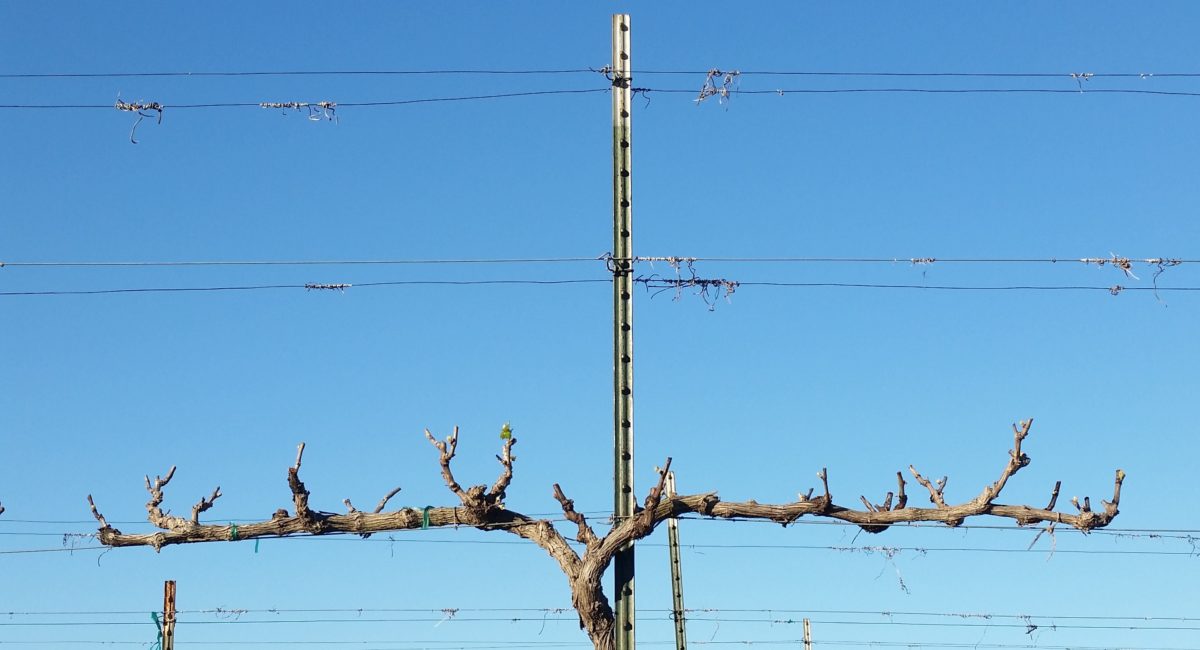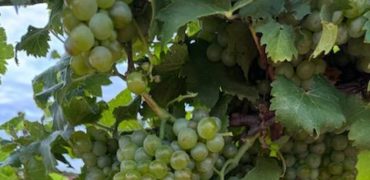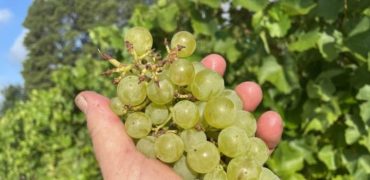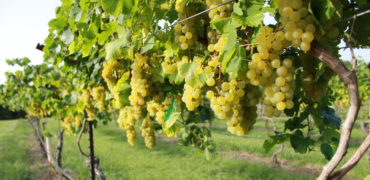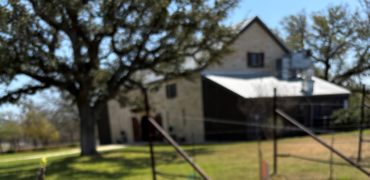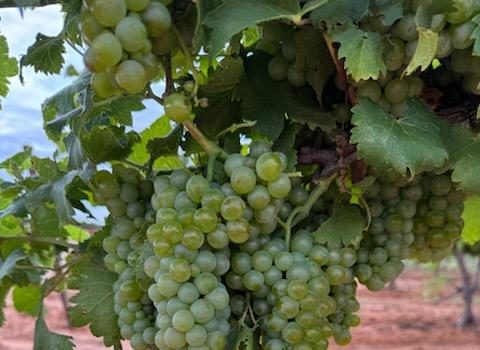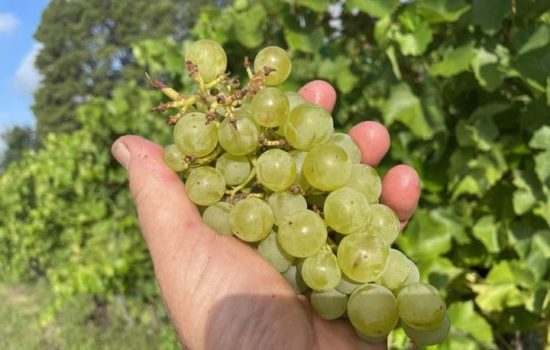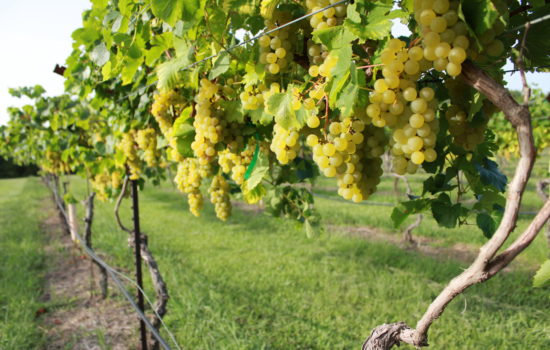Preparing the Vineyards
Vineyards in the Northern Hemisphere are going through a rest. Grapes were harvested and leaves have fallen off the vines, making vineyards look like they are sleeping. The vines’ long canes have buds for this spring’s bud break of leaves. Established vines have long tap roots, some over 25-feet deep. The younger vines are inching their roots down into the soil, providing water, nutrients, and minerals for the vines. These younger vines are manipulated in the vineyards to focus on establishing a strong roof system. Young grape vine’s flowers and grapes are manually removed so these young vines can concentrate their energy into establishing a strong root system and hence foundation for the individual vines. Normally, vineyards wait three years before harvesting fruit from the young vines in order to establish strong root foundations. These grape vine root systems are the basis for establishing vines that can produce quality fruit.
The first four months of each year is when vineyards normally focus on pruning. In cold weather areas like the Texas High Plains and New York State. Pruning is delayed as long as possible. If bud break occurs too early in these cold temperature areas, then a rough pruning leaving cane lengths of over a foot will delay the continuing of the bud break in case a late freeze arrives in the spring. Along the Gulf Coast Region, vines are normally pruned in January and February with bud break occurring in late February and early March. In other areas, vines are trimmed in March and April, and sometimes as late as May due to weather conditions. Vines are trimmed primarily to limit the production of fruit and to train the vines to grow on a trellis system for easy harvesting. Vineyard managers normally limit the amount of fruit that is produced on each vine based on the grape varietal, vine age, location, and prior year’s harvest. The vineyard manager wants quality fruit on his vines to provide the winemakers to produce quality wines. The age and condition of the root system is important in making this decision since the root system is the basis for establishing the limits of how much fruit is produced. The root system will support only a certain number of pounds of grapes in order to produce quality grapes. If you exceed that limit, the roots will have to distribute its resources over more grapes, hence reducing the essences of the vines to each grape bunch. Normally, a grape bunch develops opposite each leaf bud. Many vineyard managers want no more than four to six buds per shoot and four to six shoots off each arm of the grape vine. Some grape vines are trained to have only one arm off its main trunk while other vines have one arm on each side of the trunk, and some vines as many as two arms on each side of the main vertical trunk. This decision is based on the vineyard manager’s decisions in how he wants his grape crop to evolve. A quality grape crop will get more dollars per tons of grapes vs. an average quality. A vineyard manager always wants more grape bunches on his vines so his vineyard workers can selectively retain the good bunches of grapes and snip off the bad bunches of grapes. This selectivity is based on the vineyard manager’s decisions and the availability of vineyard workers.
Several local vineyards like Bernhardt, Haak and Wild Stallion host pruning seminars and allow visitors to do pruning after going through the seminar. This is an opportunity to harvest grape canes to make wreaths or to start new vines. Most wineries will reward you with the cuttings. New grape vines can be started by taking a healthy cutting with at least seven buds, dipping the “bottom end” into a root hormone product like Root Tone, and then sticking that end into soil. Make sure the buds on that shoot are facing upwards or that vine is not going to root. You can put 20 to 30 of these vines in soils in a gallon pot.
If you want this experience, try Wild Stallion Vineyards on Saturday, January 28th starting at 8am. The Vineyards are located in Harris County on West Rayford Road, west of Gosling. You need to make a reservation if you want this experience on their website at www.WildStallionVineyards.com. I hope to see you there.
